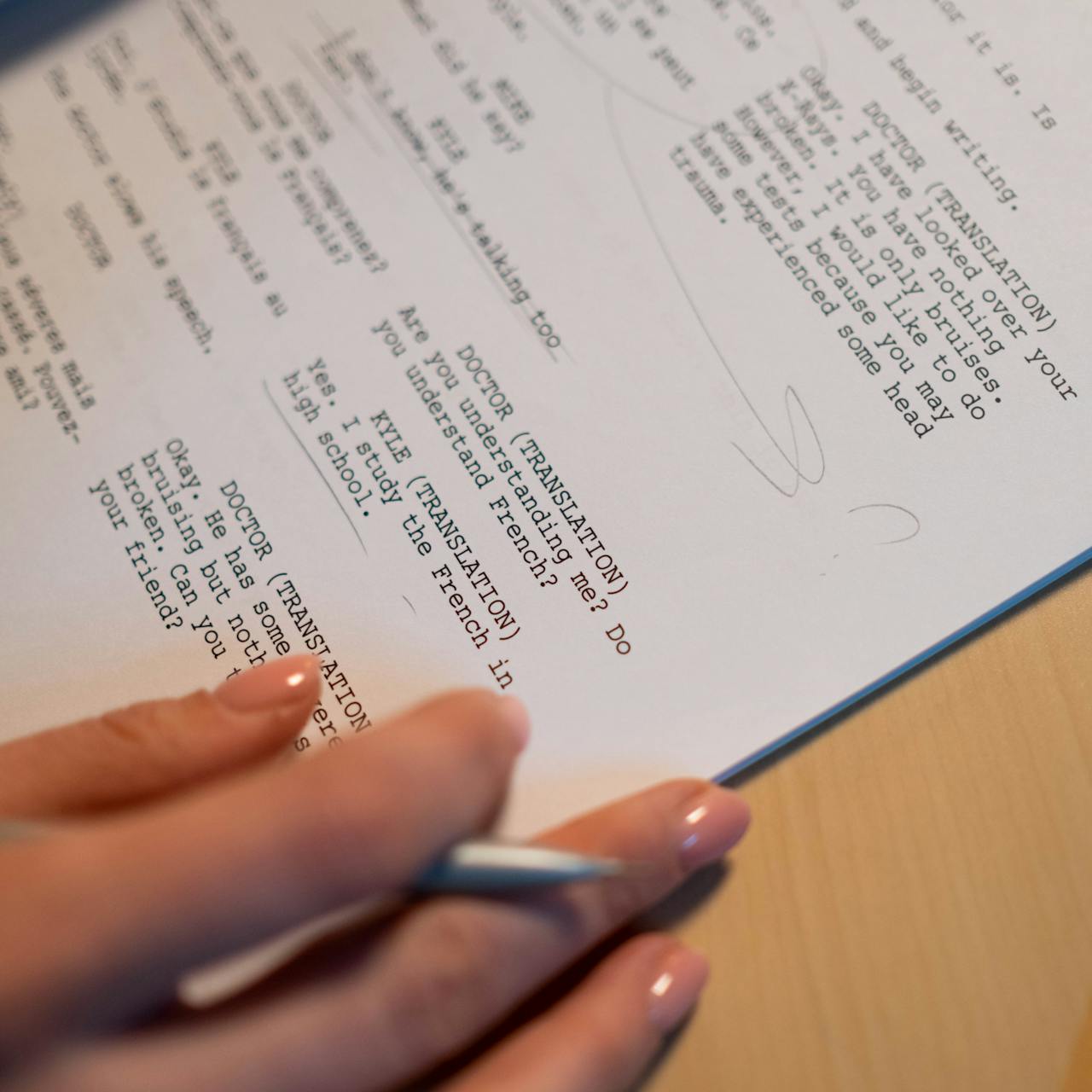The Hidden Value of Editing
In the fast-paced world of business communication, content is produced at high speed — emails, website pages, presentations, social posts, brochures, and more. While companies invest time in creating content, many stop short of fully polishing it. Editing is often skipped, rushed, or underestimated, even though it's one of the most important steps in the writing process.
Carefully edited content helps businesses sound professional, clear, and confident. Without proper editing, even the best ideas can get lost in unclear phrasing, grammar issues, or inconsistent tone.
First Drafts Are Rarely Final
One of the main reasons editing gets overlooked is the false belief that writing ends when the first draft is finished. In reality, first drafts are starting points — not final products. They often contain extra words, awkward sentences, and gaps in logic that need to be cleaned up before the text can do its job effectively.
Without revision, the message can become diluted or confusing. Editing sharpens the focus, improves the structure, and ensures the tone matches the intended audience.
Lack of Time or Resources
Many companies simply don’t allocate enough time or people to handle editing. Tight deadlines and busy schedules often push the editing phase aside. The pressure to publish quickly can lead to content going live without a second look.
However, this approach can cause more problems later. Typos, unclear instructions, or inconsistent language can lead to misunderstandings, lost trust, and missed opportunities. Investing time in editing upfront prevents costly errors down the line.
Overreliance on Automated Tools
While automated grammar and spellcheck tools are useful, they’re not a replacement for human editors. These tools may catch basic issues but often miss subtleties in tone, flow, and word choice. They can’t evaluate whether the content truly makes sense or whether it reflects the brand's personality.
Professional editing involves thoughtful review, not just rule-checking. It considers the purpose of the content, the mindset of the reader, and how each part of the message fits into the larger context.
Inconsistent Voice and Style
When multiple people contribute to a company’s content — from marketers to technical specialists — the voice can become inconsistent. Some texts may sound formal, others too casual. Terminology may vary. Without an editor overseeing tone and style, the company’s communication loses its cohesion.
Editing helps maintain a unified voice across different platforms and formats. This consistency builds trust with audiences and strengthens brand identity.
Editing Adds Clarity and Confidence
Good editing is not about changing the message — it’s about clarifying it. It ensures that the key points come through clearly and that nothing distracts from them. Whether it's removing unnecessary jargon, improving sentence structure, or fixing flow issues, editing transforms rough content into smooth, reader-friendly material.
Well-edited content reads with ease and authority. It reflects a company that pays attention to detail and cares about how it communicates.
A Simple Step with Big Impact
Editing might seem like a small step in content creation, but it has a big impact on how messages are received. Companies that prioritize editing often find that their materials feel more professional, their messages land more effectively, and their audience responds with greater trust and interest.
In competitive markets, where every word counts, editing is not optional — it’s essential.
Final Thought
Skipping the editing phase can cost more than just a few grammar mistakes. It can affect how your brand is perceived and how well your message performs. Taking the time to refine and polish your content helps ensure that what you say is not only correct — but compelling, consistent, and clear. In a world full of noise, editing helps your voice be heard the way you intended.
 403-Tech
403-Tech








